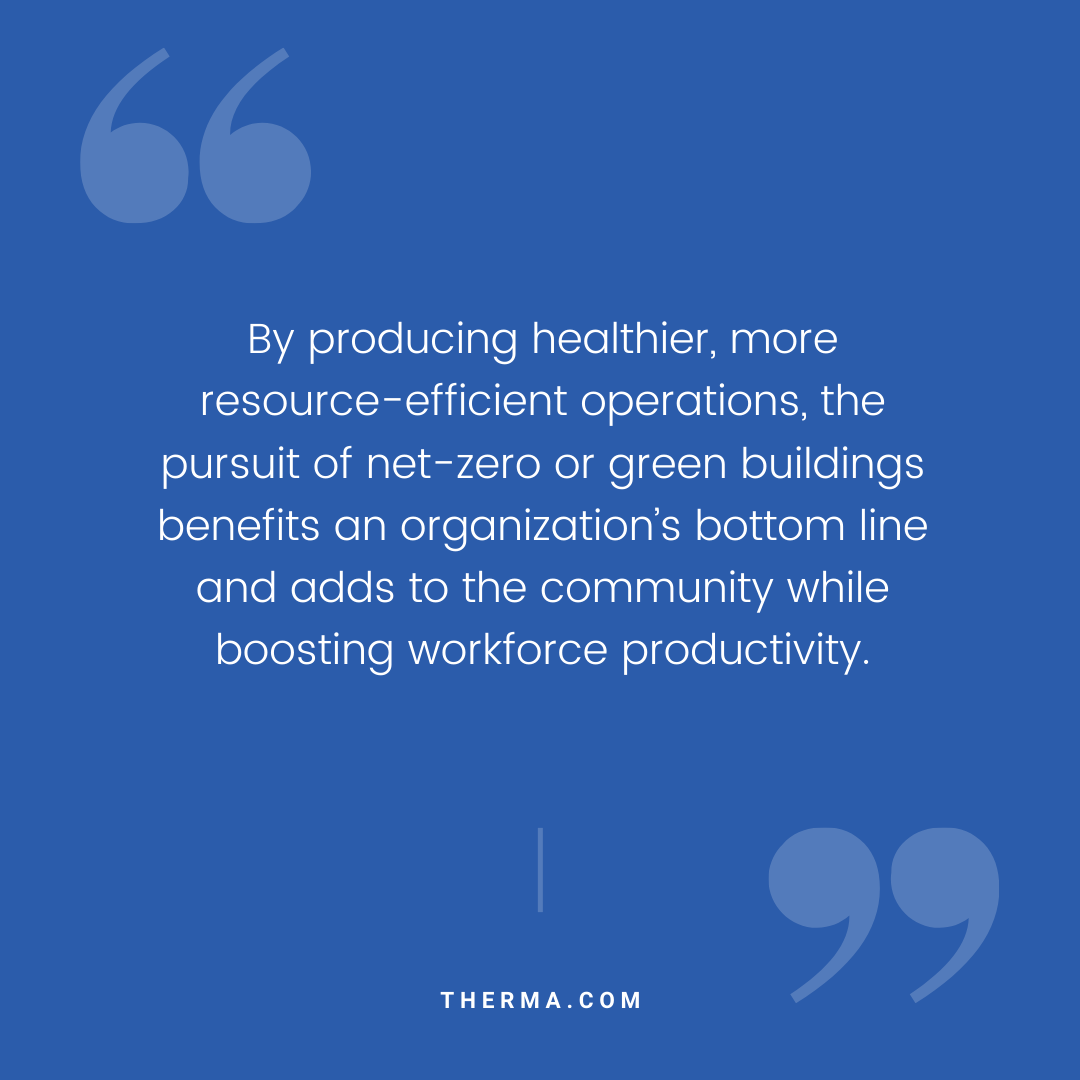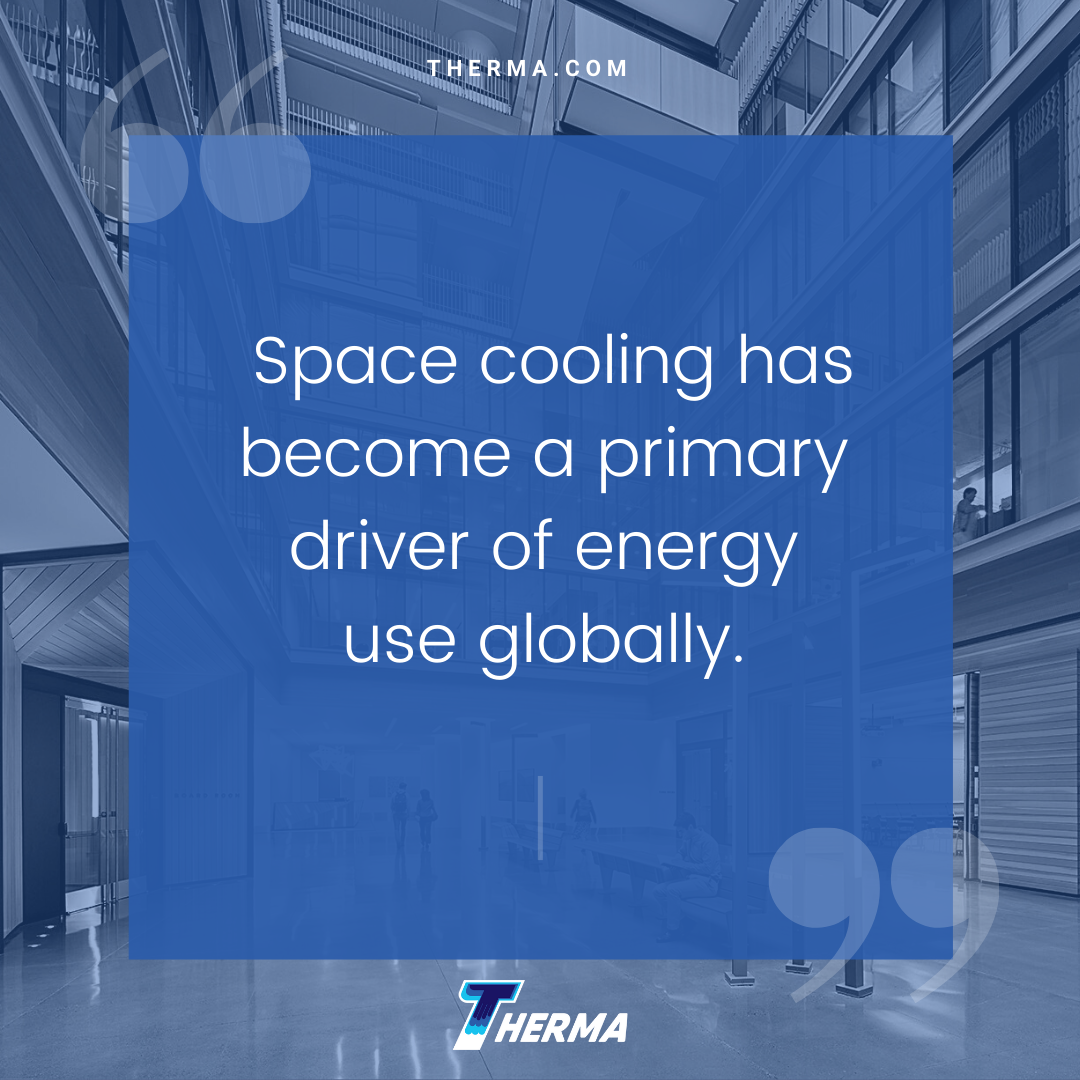Energy demand has tripled over the last thirty years, with space cooling responsible for more than 8 percent of electricity consumption in just the last twelve months. And the planet isn’t getting any cooler. As temps rise globally, the demand for space cooling rises right along with it. With the number of HVAC units in use anticipated to reach 151.1 million within the next four years, space cooling has become a primary driver of energy use globally.
Smart HVAC
Many organizations see their heating, ventilation and air conditioning (HVAC) system taking the most significant bite out of their electricity expense. Smart HVAC options provide a method to optimize energy usage without any interruption in client service.
IoT’s growth is virtually unstoppable, with an estimated 31 billion IoT devices in use by the end of this year alone and no indication that will change anytime soon. IoT can dramatically impact HVAC through its intelligent technologies that allow manufacturers to optimize assets and increase productivity. For consumers, smart HVAC delivers advanced comfort, increased functionality, and lowered energy bills.
What is IoT
At its most rudimentary level, the Internet of Things (IoT) simply means any device you can connect to the internet–from hairdryers to security cameras to microwaves–in commercial, industrial or consumer environments, but it doesn’t stop there. The term encompasses any internet-enabled “smart” devices that can “talk” to one another. This communication enables devices to collect and analyze data. Systems can then use that data to generate logical, i.e., automated responses.
IoT-Enabled HVAC
IoT-enabled or smart HVAC can automatically update critical maintenance and control data while increasing accessibility. A cloud-based system means customers can remotely access and customize settings using a downloaded app on their chosen devices. Contractors can also leverage smart HVAC’s remote access to get real-time alerts and online diagnostic reports.
Office buildings, warehouses, mixed-use, or commercial properties can serve up additional HVAC system requirements that are excellent opportunities to optimize IoT for energy efficiency: pre-program temperature, humidity, and other changes remotely to reduce wasted consumption.
Like many smart devices, IoT-enabled HVAC systems use sensors to continuously monitor and collect data such as total building airflow, humidity, and temperature in addition to external factors, including weather forecasts or utility rates. Analysis of this data allows for identifying and automatically implementing optimal performance and comfort commands while ensuring any temperature-sensitive areas remain precisely regulated.
Robust data sets mean contractors have easy access to remote diagnostic and predictive maintenance programs. Automated early alerts and critical diagnostics in real-time extend HVAC system life. When system failures, changes in asset performance, or unusual equipment behavior are identified as they happen, system administrators can remotely diagnose the issue. Once diagnosed, technicians can immediately begin necessary maintenance protocols, decreasing repair time and cost while further ensuring the HVAC system continues operating at peak efficiency.
Customer Control
Smart HVAC offers more than optimized efficiency; it delivers superior comfort control levels to building occupants.
One of the highest consumer-valued aspects of IoT is the personalization it offers. Customers can remotely program smart thermostats with daily or weekly temperature schedules based on the building’s data through a downloaded app and a user dashboard. Smart devices allow customers to customize system controls, review energy consumption trends and make any desired adjustments.
Sustainability & Green Buildings
HVAC systems play a critical role when it comes to building health and sustainability. IoT-enabled HVAC systems improve energy management through automation and predictive analysis that forecasts adjustments based on historical data to enhance overall energy consumption. By producing healthier, more resource-efficient operations, the pursuit of net-zero or green buildings benefits an organization’s bottom line and adds to the community while boosting workforce productivity.
The possibilities of how far-reaching IoT enabled HVAC systems will be are still being explored, with a specific focus on how it can positively impact overall building performance and sustainability trends.
If you’re interested in how IoT-enabled HVAC systems can help you improve modern building services, reach out to the smart HVAC experts at THERMA. We’re here to help you drive automation that leads to optimized performance and enhanced sustainability without sacrificing comfort.









